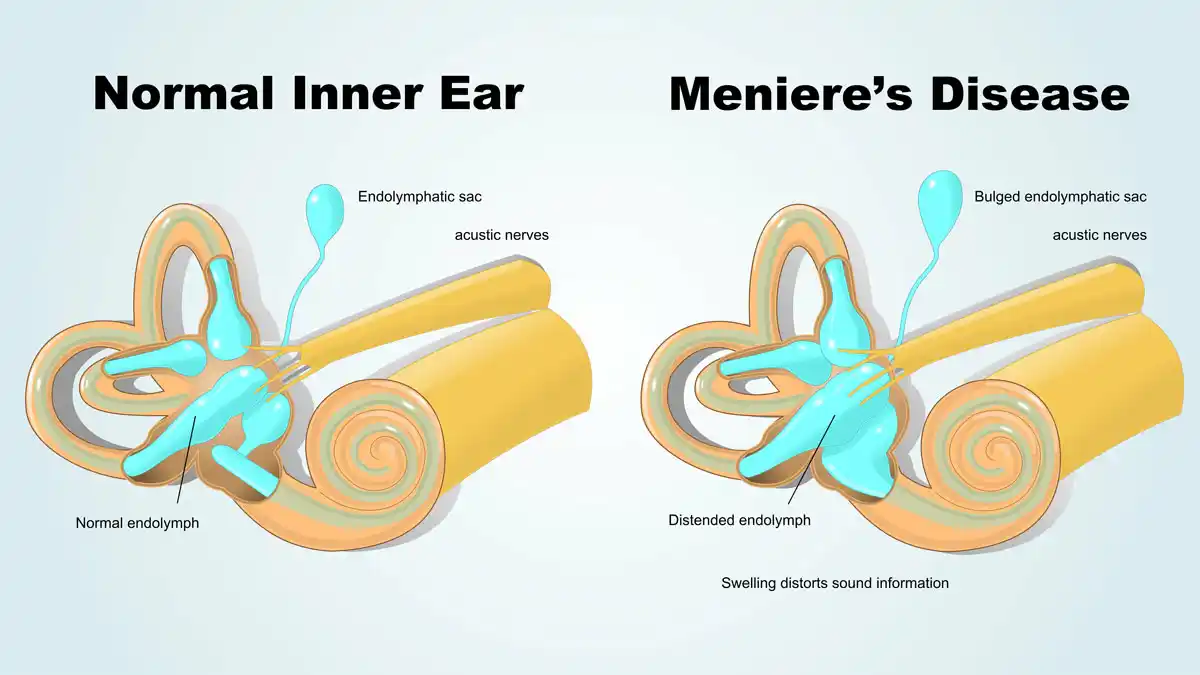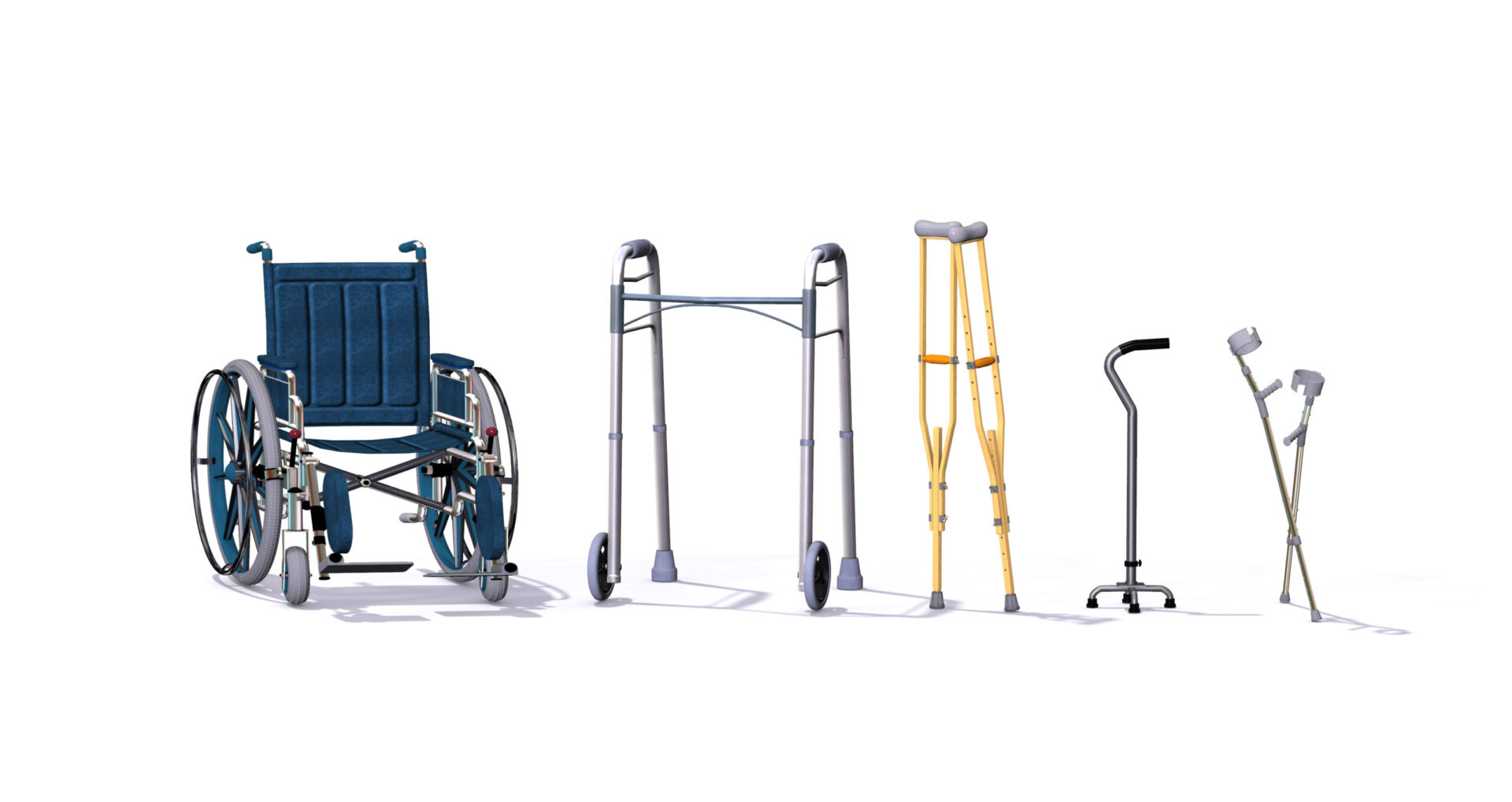Nystagmus is a word we use in vestibular rehabilitation very frequently. It is an involuntary, uncontrolled, repetitive eye movement. There are two phases of nystagmus, the fast phase and the slow phase. The fast phase is the direction the eye is moving, and the slow phase is a resetting saccade to place the eye back in the middle. Nystagmus is described by the direction it moves toward during the fast phase. Nystagmus can move in almost any direction, its direction is completely dependent on the diagnosis. These include, but are not limited to: Benign Paroxysmal Positional Vertigo (BPPV)Benign Paroxysmal Positional Vertigo (BPPV), Vestibular Neuritis, and Ménière’s Disease. The nystagmus is the cause of your true spinning vertigo symptoms, which is different from other kinds of dizziness.
Your healthcare provider, like a physical therapist or physician, will examine your eyes to observe the nystagmus. We use your nystagmus’ direction to determine the affected ear, canal, and/or nerve that is causing your symptoms. In some cases, you will need to turn your head or move your eyes, so be sure to listen and keep your eyes open through the duration of your testing unless directed otherwise.
The following chart lists the kind of nystagmus and it’s coordinating diagnosis for Benign Paroxysmal Positional Vertigo:
| BPPV Diagnosis | Nystagmus | Position |
| Right Posterior Canal Canalithiasis | Right Up beating Torsional Nystagmus | Right Dix-Hallpike Position |
| Left Posterior Canal Canalithiasis | Left Up beating Torsional Nystagmus | Left Dix-Hallpike Position |
| Right Horizontal Canal Canalithiasis | More intense Right Geotropic Nystagmus | Right Roll Test (compared to Left Roll Test Position) |
| Left Horizontal Canal Canalithiasis | More intense Left Geotropic Nystagmus | Left Roll Test (compared to Right Roll Test position) |
| Right Horizontal Canal Cupulolithiasis | Less intense Right Ageotropic & more intense Left Ageotropic nystagmus | Right or Left Roll Test position respectively |
| Left Horizontal Canal Cupulolithiasis | Less intense Left Ageotropic & more intense Right Ageotropic nystagmus | Left or Right Roll Test position Respectively |
| Right Anterior Canal Canalithiasis | Down beating (and sometimes torsional) Nystagmus | Left Dix-Hallpike Position |
| Left Anterior Canal Canalithiasis | Down beating (and sometimes torsional) Nystagmus | Right Dix-Hallpike Position |
BPPV is not the only vestibular diagnosis that is associated with nystagmus. Acutely, a superior nerve vestibular neuritis (the most common form) will cause spontaneous nystagmus for 12-36 hours. This will present as a horizontal nystagmus that beats away from the affected ear (toward the unaffected year), and will not change direction with the direction of gaze. However, the nystagmus will increase, or become faster, when you look in the direction of the nystagmus. This effect is called Alexander’s Law; nystagmus will continue to beat in the same direction, regardless of gaze, but it will increase when your gaze is in the direction of your nystagmus. If you catch these symptoms within the first 24 hours, a prescription for a steroid from your physician will help your long term outcomes.
| Diagnosis | Symptoms |
| Right Vestibular Neuritis (superior branch) | Left beating horizontal nystagmus, increasing with left gaze |
| Left Vestibular Neuritis(superior branch) | Right beating horizontal nystagmus, increasing with right gaze |
Nystagmus doesn’t only occur due to vestibular disorders, it can also be caused by a central nervous system dysfunction. These central disorders are usually due to brain stem or cerebellar degeneration or dysfunction. Central nystagmus will present at rest as down beating, up beating, or pendular nystagmus. However, central nystagmus can also be gaze-evoked. Gaze evoked nystagmus will increase to the right when you gaze right, and increase to the left when you gaze left.
All nystagmus can cause dizziness and vertigo, but distinguishing between central and peripheral (vestibular) causes of nystagmus is essential to your treatment. If you have a peripheral disorder your best treatment may be from a physical therapist, and if you have a central disorder care from a physician and other healthcare providers, including a vestibular physical therapist, will be your best option. Always talk to your healthcare team about nystagmus, vertigo, dizziness, and other symptoms you may be experiencing.






